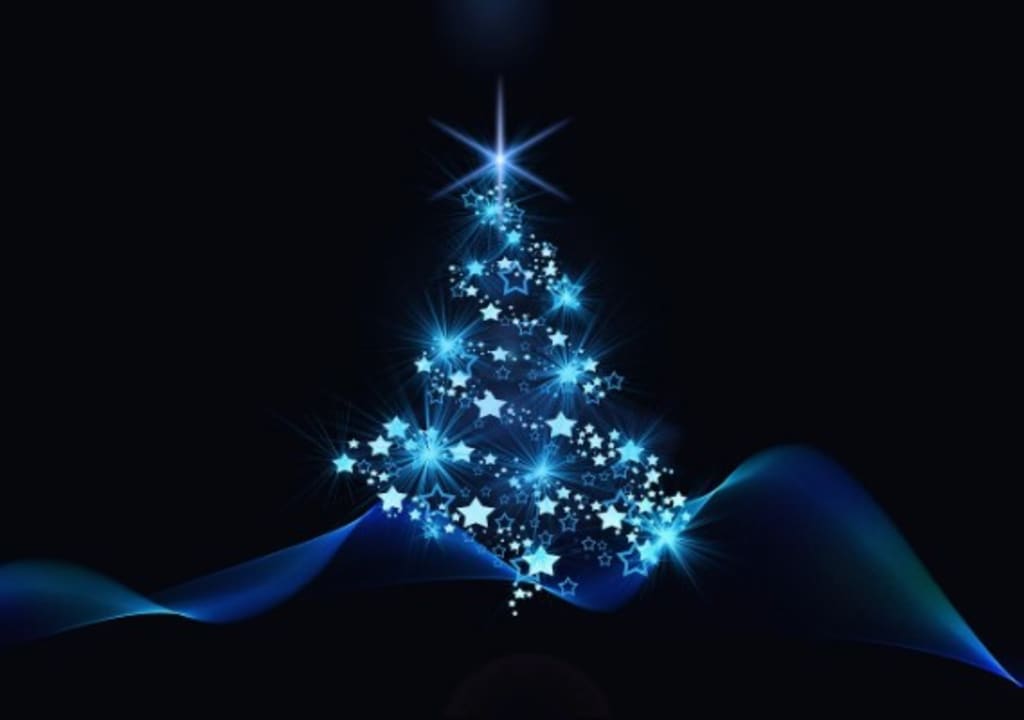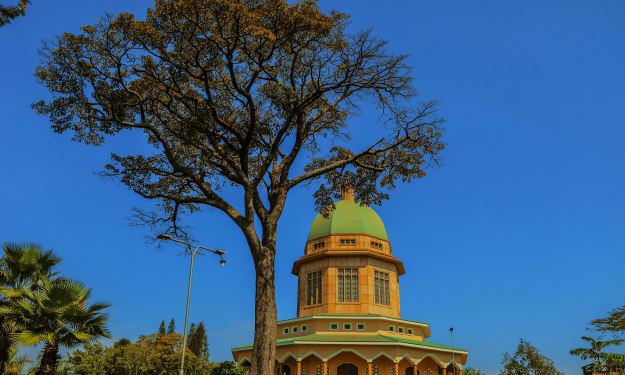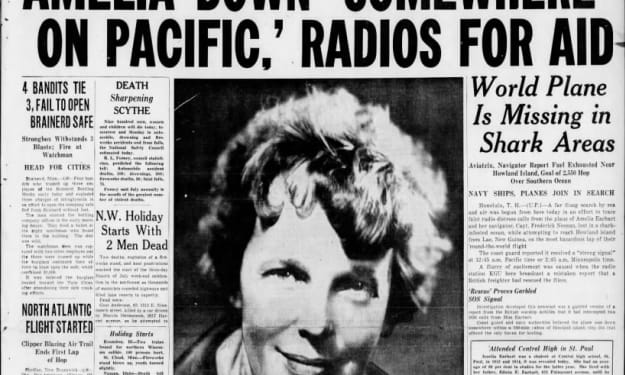Content warning
This story may contain sensitive material or discuss topics that some readers may find distressing. Reader discretion is advised. The views and opinions expressed in this story are those of the author and do not necessarily reflect the official policy or position of Vocal.
The Origins and Evolution of Christmas Traditions
Merry Christmas

Christmas is a festive season that is celebrated across the globe with great zeal and joy. It is a time when families come together, gifts are exchanged, and delicious feasts are enjoyed. But have you ever wondered about the origins of Christmas traditions? How did these customs come into existence and how have they evolved over time? In this article, we will delve into the fascinating history of Christmas traditions, tracing their roots and understanding their significance.
Historical Background
The origins of Christmas traditions can be traced back to ancient pagan celebrations that predate Christianity. In many cultures, the winter solstice was a significant event, symbolizing the rebirth of the sun and the start of longer days. Various festivals and rituals were held during this time to ward off evil spirits, ensure fertility, and celebrate the arrival of <a href="https://byc-news.de/"> the new year. </a>
With the advent of Christianity, these pagan practices gradually intertwined with religious beliefs. In the early years of Christianity, the exact date of Jesus' birth was not known, and different regions celebrated it on different days. It was not until the 4th century that December 25th was officially recognized as the date of Christ's birth.
Christmas Traditions History
One of the earliest known Christmas traditions is the decoration of evergreen trees. The ancient Egyptians, Romans, and Druids believed that evergreen trees symbolized life and fertility. They would adorn these trees with ornaments and candles as a way to honor their gods and bring everlasting light into their homes.
The tradition of giving gifts during Christmas can be traced back to the story of the Three Wise Men who presented gifts to baby Jesus. Over time, this act of giving became associated with the generosity and benevolence of Saint Nicholas, a 4th-century bishop known for his kindness towards children and the needy. Today, the tradition of exchanging gifts is a universal symbol of love, friendship, and goodwill.
Another popular Christmas tradition is the hanging of stockings by the fireplace. This practice is said to have originated from a heartwarming tale of Saint Nicholas. According to the story, Saint Nicholas came across a poor family that couldn't afford dowries for their three daughters. He decided to help them by throwing bags of gold coins through the chimney, which miraculously landed in the girls' stockings that were hung to dry by the fireplace.
Caroling, the act of singing Christmas songs from door to door, has its roots in medieval Europe. It was a way for people to spread the joy of Christmas and celebrate the birth of Jesus. Today, carolers can be seen in various countries, singing traditional hymns and spreading holiday cheer.
The tradition of hanging mistletoe dates back to ancient Norse mythology. It was believed to have healing properties and was associated with peace and love. In Norse mythology, mistletoe was used to bring people together and reconcile conflicts. Today, hanging mistletoe is a common tradition during Christmas, and kissing beneath it is said to bring good luck and love.
Evolution of Christmas Traditions
Over the centuries, Christmas traditions have evolved and adapted to the changing times and cultures. The industrial revolution brought about significant changes in the way Christmas was celebrated. With the rise of consumerism, gift-giving became more commercialized, and retailers capitalized on the festive season.
In the 19th century, the influence of Victorian traditions shaped the way Christmas was celebrated. It was during this era that the Christmas tree became a prominent symbol of the holiday season. Queen Victoria and Prince Albert popularized the tradition of decorating Christmas trees in England, and it soon spread to other parts of Europe and North America.
In the early 20th century, the commercialization of Christmas continued to grow, with the introduction of iconic figures such as Santa Claus and Rudolph the Red-Nosed Reindeer. Santa Claus, also known as Father Christmas, is a legendary figure who is said to bring gifts to children on Christmas Eve. The image of Santa Claus as a jolly, bearded man in a red suit was popularized by Coca-Cola in the 1930s and has since become synonymous with Christmas.
Conclusion
Christmas traditions have a rich and diverse history that spans centuries. From ancient pagan rituals to religious customs, these traditions have evolved and adapted to the changing times. They continue to bring joy, love, and a sense of togetherness during the festive season. This holiday season, as you gather with your loved ones and partake in these cherished traditions, take a moment to reflect on their origins and the profound meaning they hold.
About the Creator
Mohammed Sirajud dullah
Hi, I'm Sirajud dullah. I'm Expert In Search Engine Optimize (SEO) And Six (06) YEARS EXPERIENCE.
Enjoyed the story? Support the Creator.
Subscribe for free to receive all their stories in your feed. You could also pledge your support or give them a one-off tip, letting them know you appreciate their work.






Comments (1)
I truly appreciated this history of Christmas. Thank you!